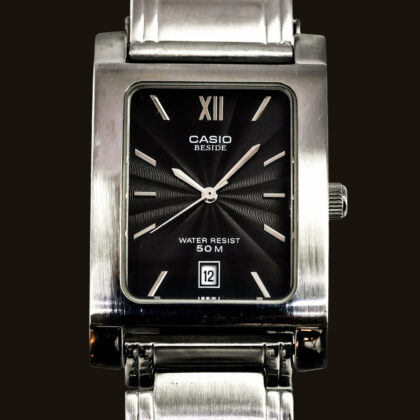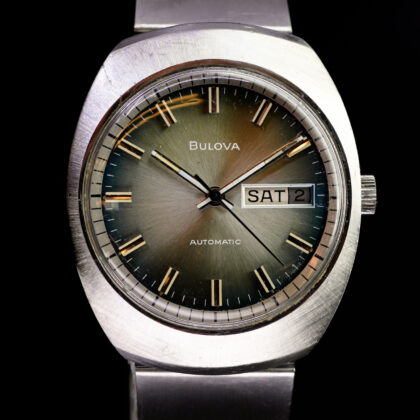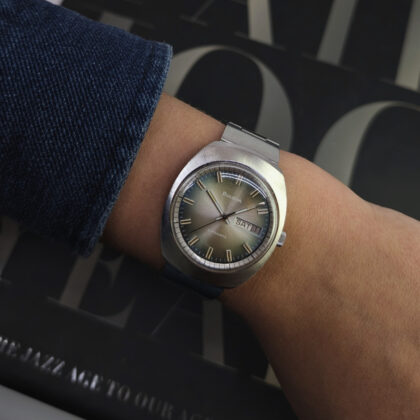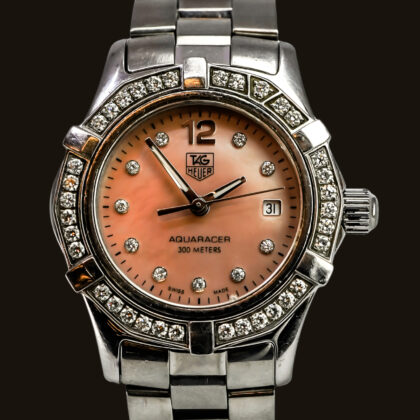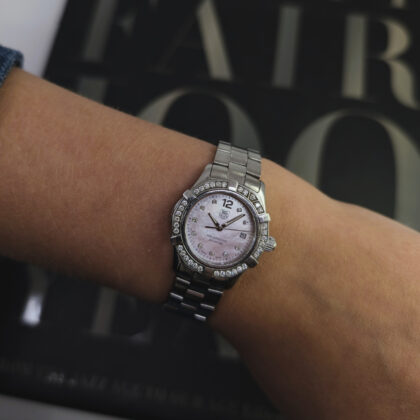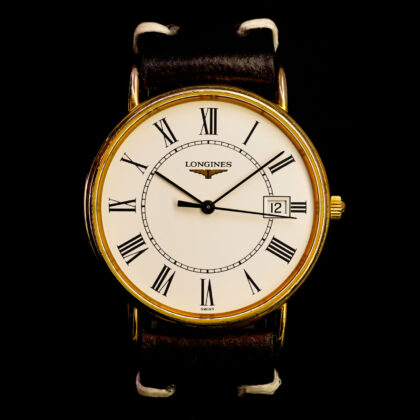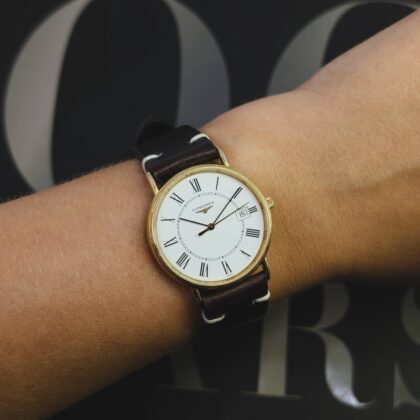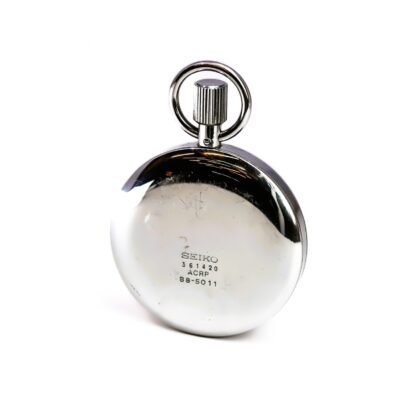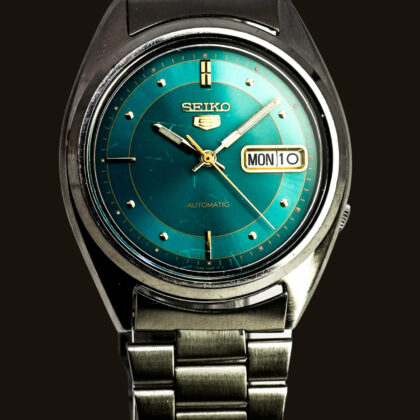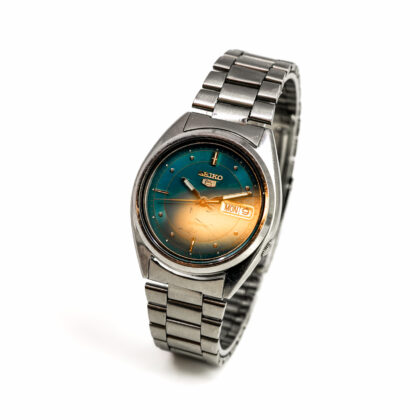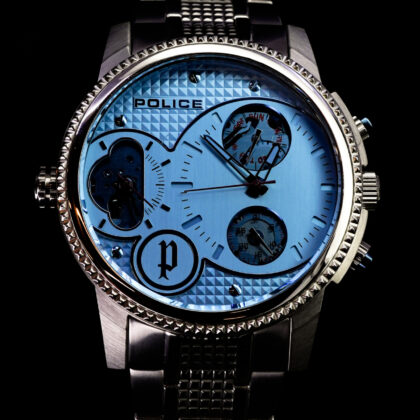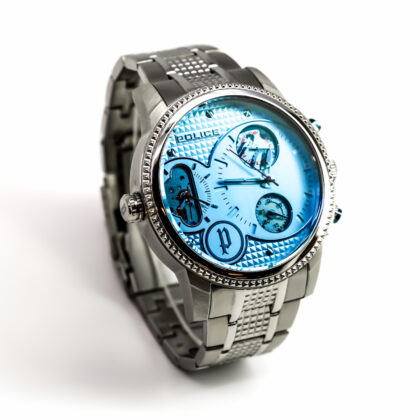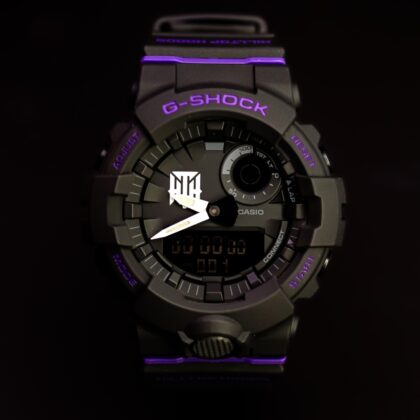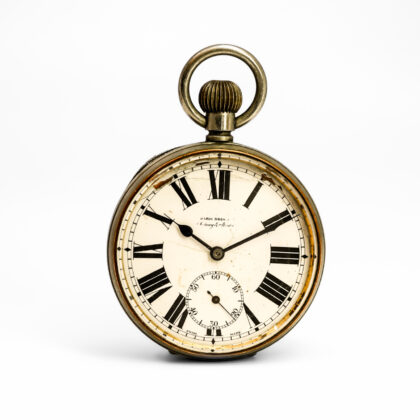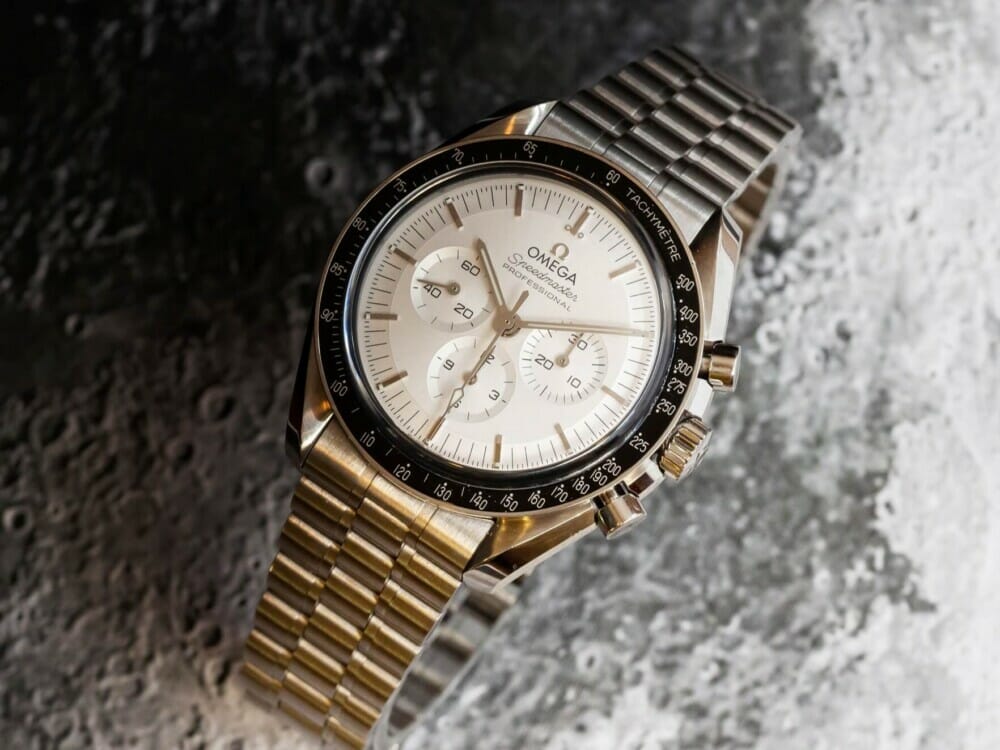
Table of Contents
Here at Monty’s we love watches, and have been dealing in luxury watches for a century. When it comes to watches, we all have our favourite styles, and they are all crafted and built differently. While the shape and design is the first thing you notice, one of the most important differences between watches is something that you can’t even see, the watch movement. A watch movement, usually referred to as a calibre, is the mechanism that keeps time and powers a watch. There are a few different types of watch movements, which we will explain below!
The original watch movement is the mechanical movement. This type of movement uses a spring-loaded mechanism to power the watch, which must be wound by hand. Mechanical movements date all the way back to the 16th century and were commonly used up until the 1950’s by which most watchmakers had moved to using new and improved automatic watch movements.
An automatic watch movement is similar to a mechanical watch movement, but it is self-winding, meaning that it winds itself as the wearer moves their wrist. Automatic movements are more convenient, as they do not require you to manually wind the watch each day. Automatic movements can be found at all different price points, but these days they are mostly found in luxury watches due to the technical difficulty and precision required to produce them. While it is personal preference, many people consider automatic to be the best watch movement.
The other main type of watch movement is the quartz movement. This type of movement uses a battery to power the watch, and a small quartz crystal to keep time. Quartz movements are known for their accuracy and low maintenance, and are often found in everyday watches.
There are also hybrid movements, which combine the features of mechanical and quartz movements. For example, some watches use a mechanical movement to display the time, but a quartz movement to power certain features such as a chronograph or a perpetual calendar.
Would you like to know more about the most common types of watch movements? Read on!
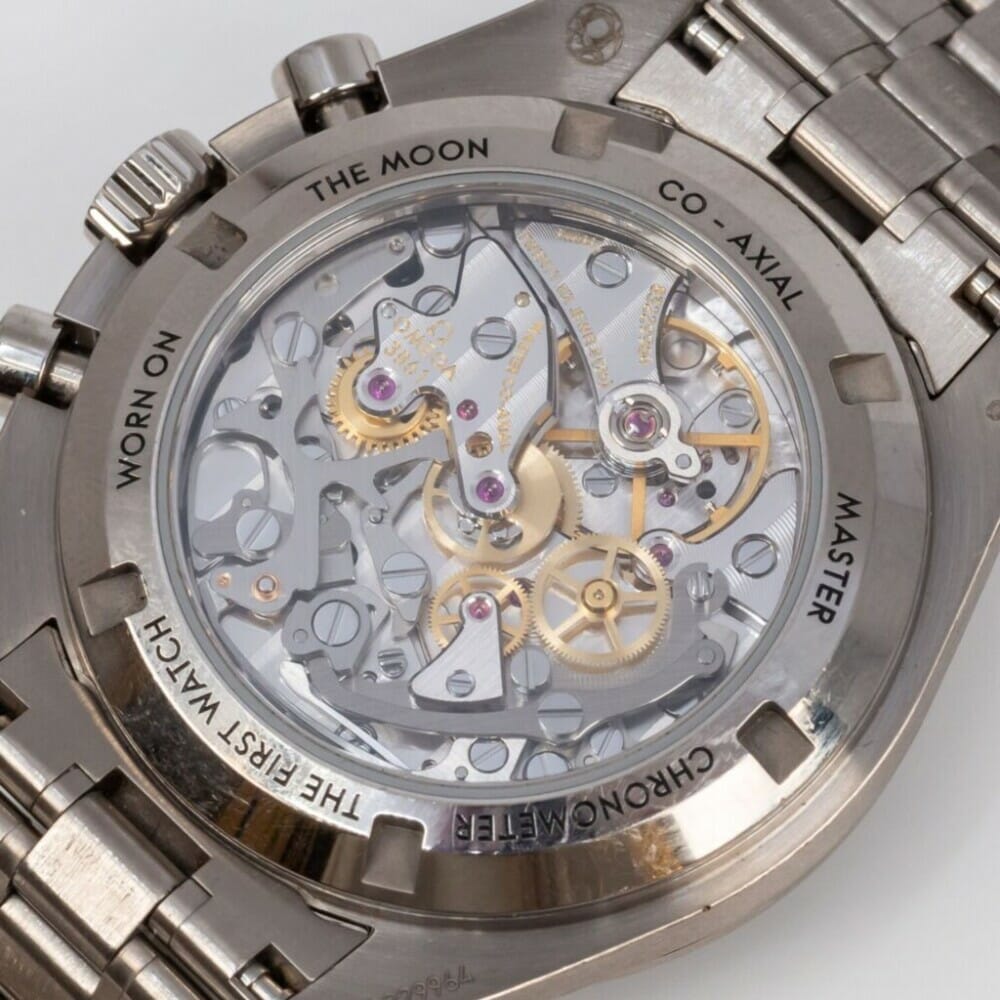
How an Automatic Movement Works:
- The mainspring is the power source of an automatic watch. It is a tightly wound spring that stores energy, which is gradually released through the movement of the watch.
- The movement of the watch consists of a series of gears and other mechanical components that work together to measure and display the time. It also includes an escapement, which regulates the release of energy from the mainspring and keeps the watch running at a consistent rate.
- The rotor is a weight attached to the movement of the watch that swings back and forth as the wearer moves their wrist. This movement winds the mainspring, which stores energy in the watch.
- The gear train transmits the energy from the mainspring to the escapement, which releases it in a controlled manner. The escapement consists of a balance wheel and a pallet fork, which work together to regulate the release of energy from the mainspring and keep the watch running at a consistent rate.
- The hands of the watch are connected to the movement and are driven by the gear train. As the gear train rotates, it moves the hands of the watch to indicate the time.
5 Reasons to buy an Automatic Movement Watch
- No need for a battery: Automatic watches do not require a battery to function, as they are powered by the movement of the wearer’s wrist. This means you never have to worry about replacing the battery or running out of power.
- Long-lasting: Automatic watches are known for their durability and long-lasting nature. With proper care, an automatic watch can last a lifetime and even be passed down as an heirloom.
- Craftsmanship: Automatic watches require a high degree of precision and craftsmanship to create, so are perfect for anyone who appreciates fine details.
- Accurate timekeeping: Automatic watches are known for their accurate timekeeping abilities, as they use a mechanical movement to keep track of time. This makes them a reliable choice for those who need to keep track of the time accurately.
- Investment: Automatic watches are often considered a good investment due to their long-lasting nature and potential for increasing in value over time. If well cared for, an automatic watch can hold its value or even increase in value as it ages.
Automatic watches are a popular choice for those who appreciate the craftsmanship and mechanics of traditional timepieces. They offer a convenient and reliable way to keep track of the time, as they are powered by the natural movements of the wearer’s wrist. While they may require some periodic maintenance, such as cleaning and oiling, they are otherwise low-maintenance and can provide years of reliable service.
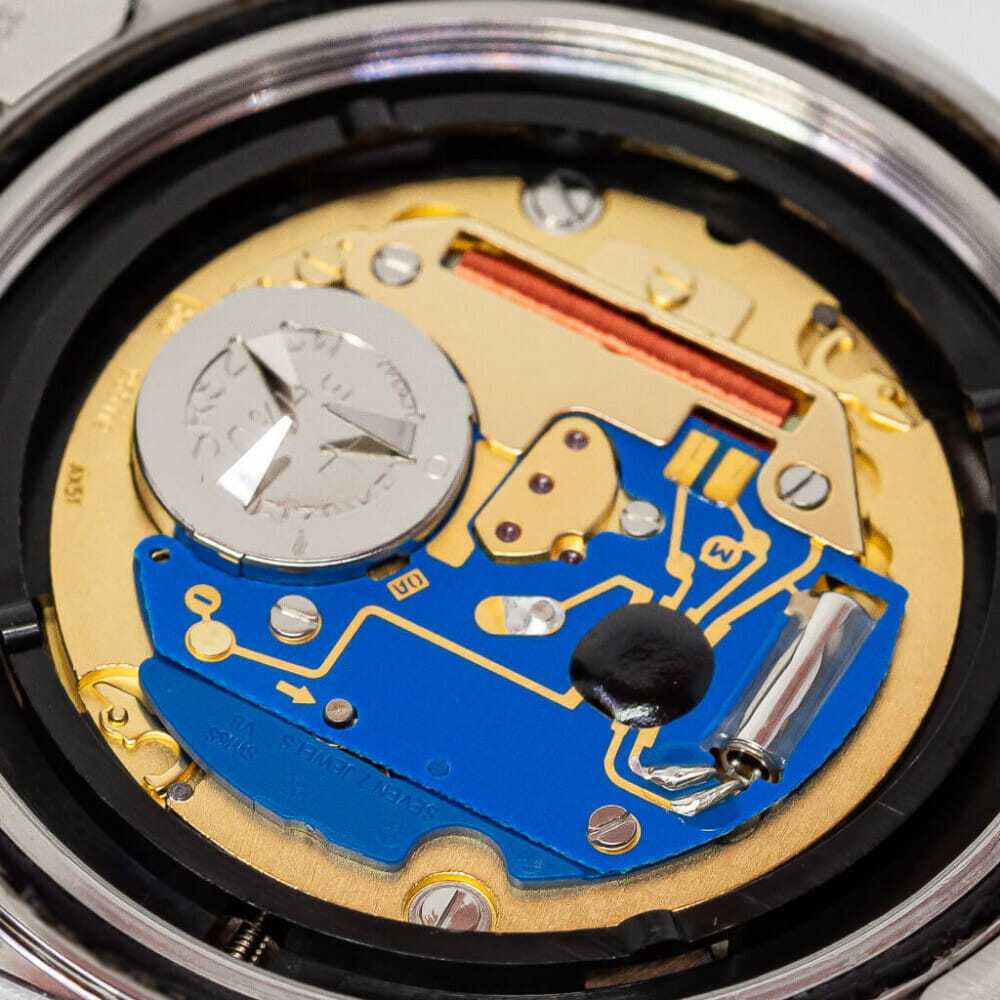
How A Quartz Watch Movement Works
- A quartz watch uses a small piece of synthetic quartz crystal to keep time.
- An electronic circuit sends an electric current through the quartz crystal, which causes it to vibrate at a specific frequency.
- These vibrations are then measured and converted into a regular, precise signal that is used to keep time.
- The circuit also includes a battery that provides power to the watch.
- The watch’s display is driven by an electronic display driver that is connected to the circuit.
- Some quartz watches also include additional features, such as a stopwatch or alarm, that are controlled by the electronic circuit.
- However, they rely on battery power, which means that they will eventually need to be replaced or recharged.
5 Reasons to Buy a Battery Powered Quartz Movement Watch
- Accuracy: Quartz watches are known for their high level of accuracy, as they use a small quartz crystal to keep track of time. This makes them a reliable choice for those who need to keep track of the time accurately.
- Low maintenance: Quartz watches do not require the same level of maintenance as mechanical watches, as they do not have as many moving parts. This makes them a convenient choice for those who don’t want to worry about constantly servicing their watch.
- Affordable: Quartz watches are generally more affordable than mechanical watches, making them a budget-friendly option for those looking to purchase a new watch.
- Long battery life: Quartz watches typically have a longer battery life than other types of watches, as they do not use as much power. This means you won’t have to worry about replacing the battery as often.
- Wide variety: Quartz watches come in a wide range of styles and designs, making it easy to find one that fits your personal style and preferences. Whether you want a sporty, casual, or formal watch, there is likely a quartz option available to suit your needs.
For people who want the accuracy and reliability of a quartz movement, but don’t want the hassle of winding or maintaining a mechanical watch. Quartz watches can also have a range of helpful features like stopwatches, alarms and the ability to track different time zones.
So there you have it! The different types of watch movements explained.
You can shop our latest watches here
- Casio Beside BEM-100 Quartz Watch Ref. 2731 #68910Original price was: $75.00.$63.75Current price is: $63.75.
- Vintage Bulova Automatic Watch Ref. 3-428130 Green Dial 36mm #68736Original price was: $295.00.$250.75Current price is: $250.75.
- TAG Heuer Aquaracer Diamond Quartz Watch Ref. WAF141B #68881Original price was: $2,850.00.$2,422.50Current price is: $2,422.50.
- Longines La Grande Classique Quartz Watch Ref. L4.636.2 #68388Original price was: $595.00.$505.75Current price is: $505.75.
- Vintage Seiko Mechanical Pocket Stopwatch Ref. 88-5011 #68803Original price was: $145.00.$123.25Current price is: $123.25.
- Rare Seiko 5 Automatic Watch Green Dial Ref. 7S26-3040 37mm 19cm Band #68761Original price was: $450.00.$382.50Current price is: $382.50.
- Police Scythe Dual Time Quartz Watch 50mm Stainless Steel 22cm Band #68908Original price was: $135.00.$114.75Current price is: $114.75.
- Hilltop Hoods x Casio G Shock Limited Edition GBA 800 Watch New In Box #68481Original price was: $595.00.$505.75Current price is: $505.75.
- Hardy Bros. Train Jumbo Fob / Pocket Watch 65mm Swiss Made #68754Original price was: $450.00.$382.50Current price is: $382.50.

